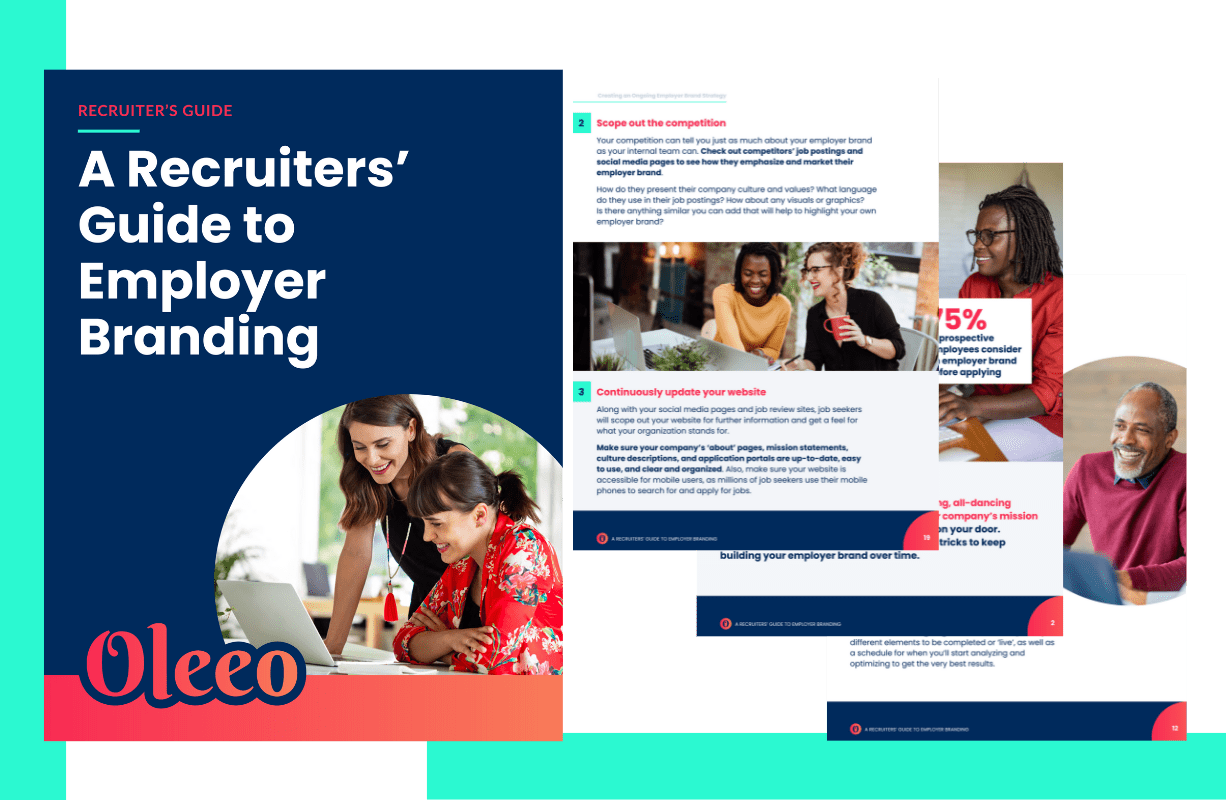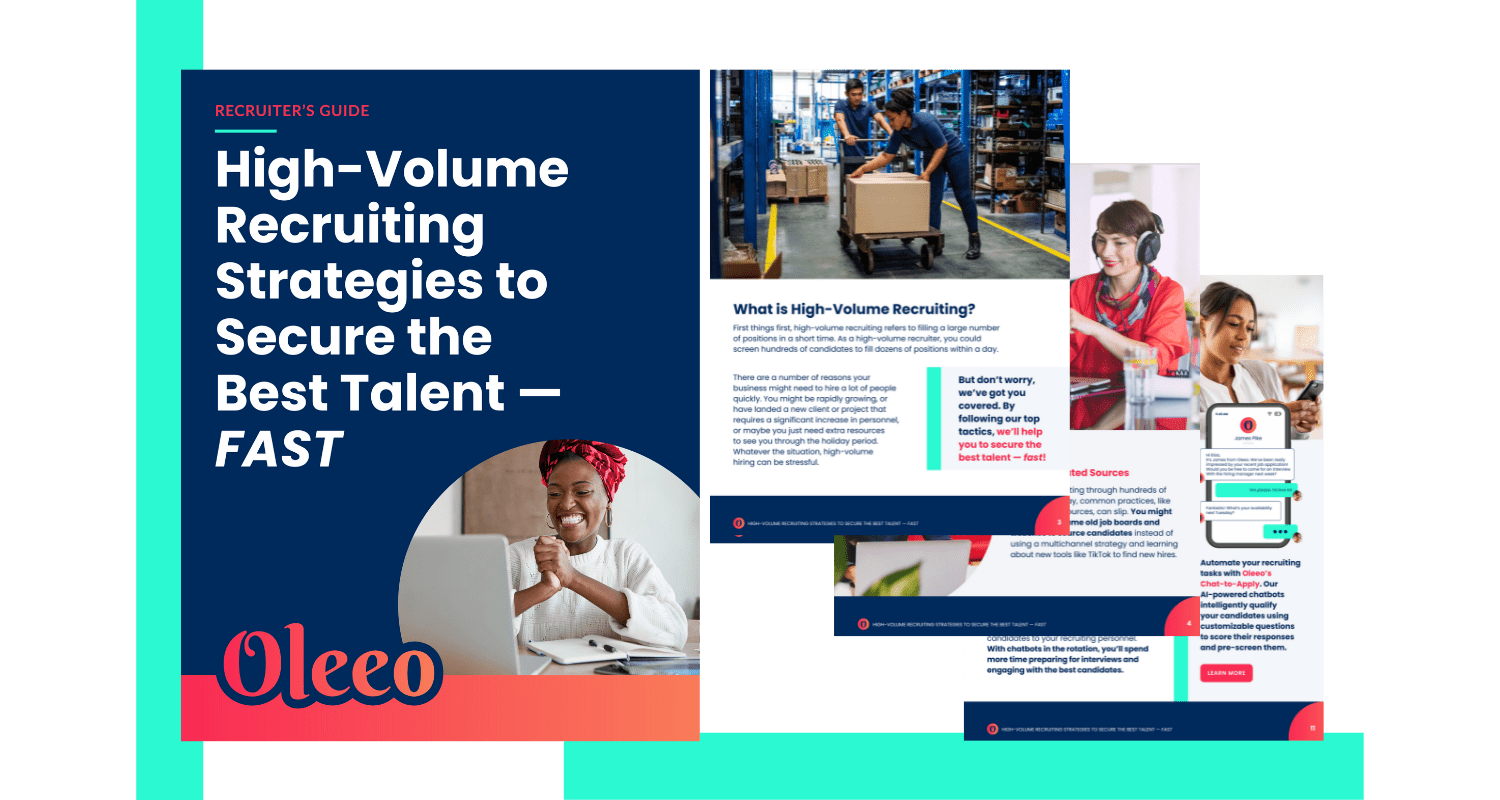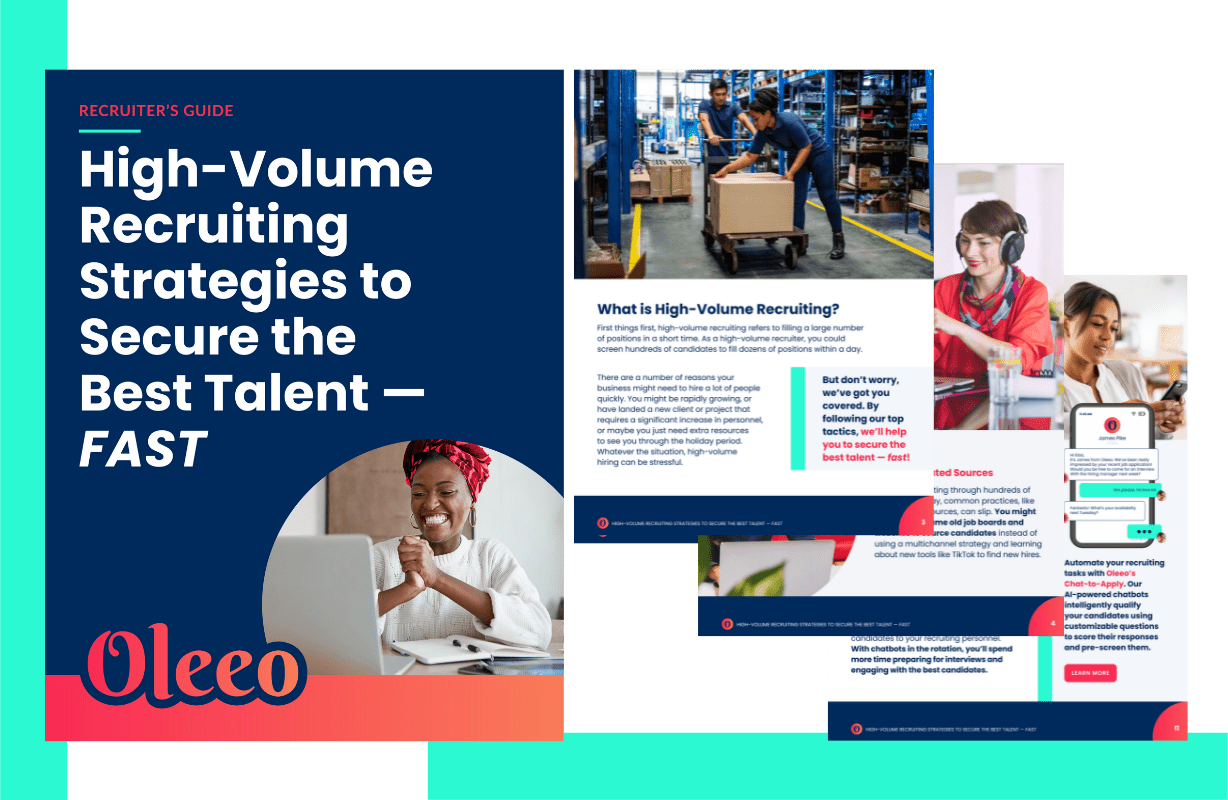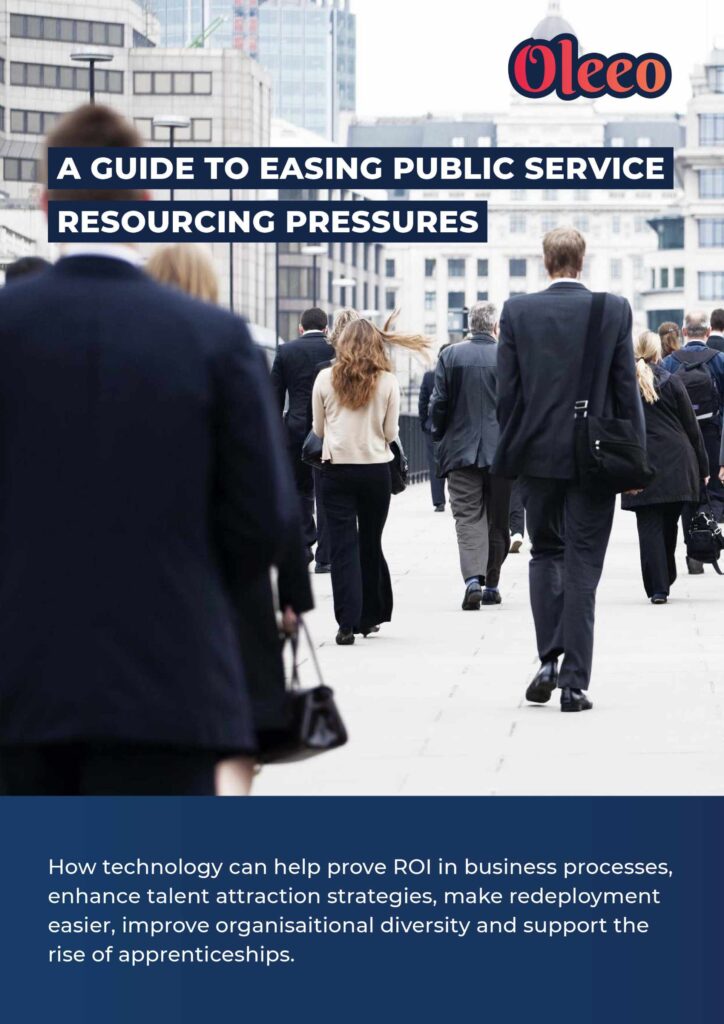Resources: Guide
Key Insights for Creating a Robust Public Sector Workforce .

This guide shares six essential insights into the public sector.
In today’s rapidly changing public sector landscape, challenges and opportunities evolve at an unprecedented pace and modern recruitment strategies and workforce planning stand as the twin pillars of a resilient and dynamic workforce.
This guide explores how these pillars play key roles in shaping such a workforce. We’ll delve into how technology can not only streamline recruitment but also help create a diverse and inclusive workplace ready to tackle tomorrow’s challenges with adaptability and creativity.
You’ll learn how to:
- Strategic workforce planning
- Embracing technology and automation
- Talent development and retention
- Agile workforce in response to change






































